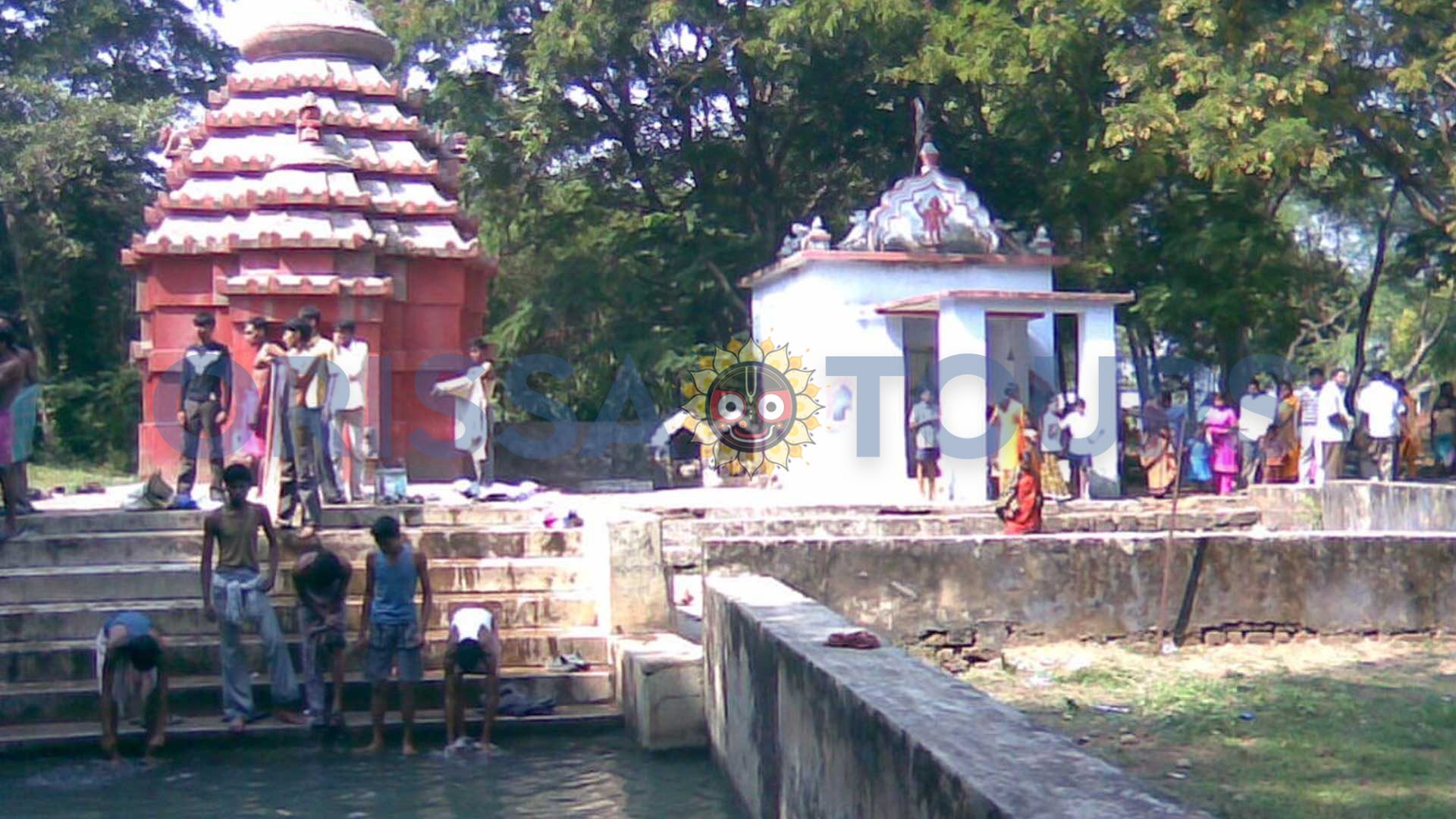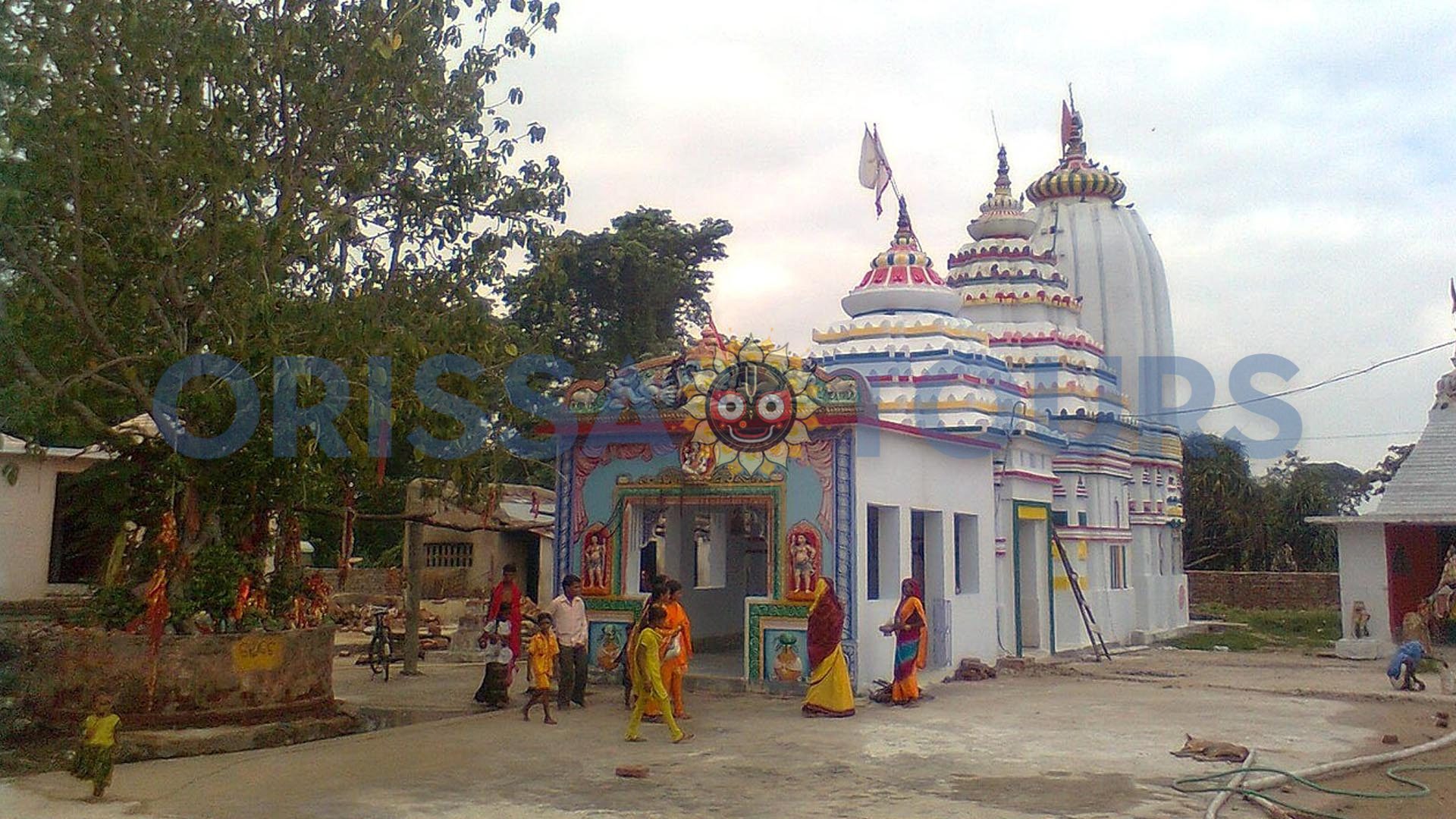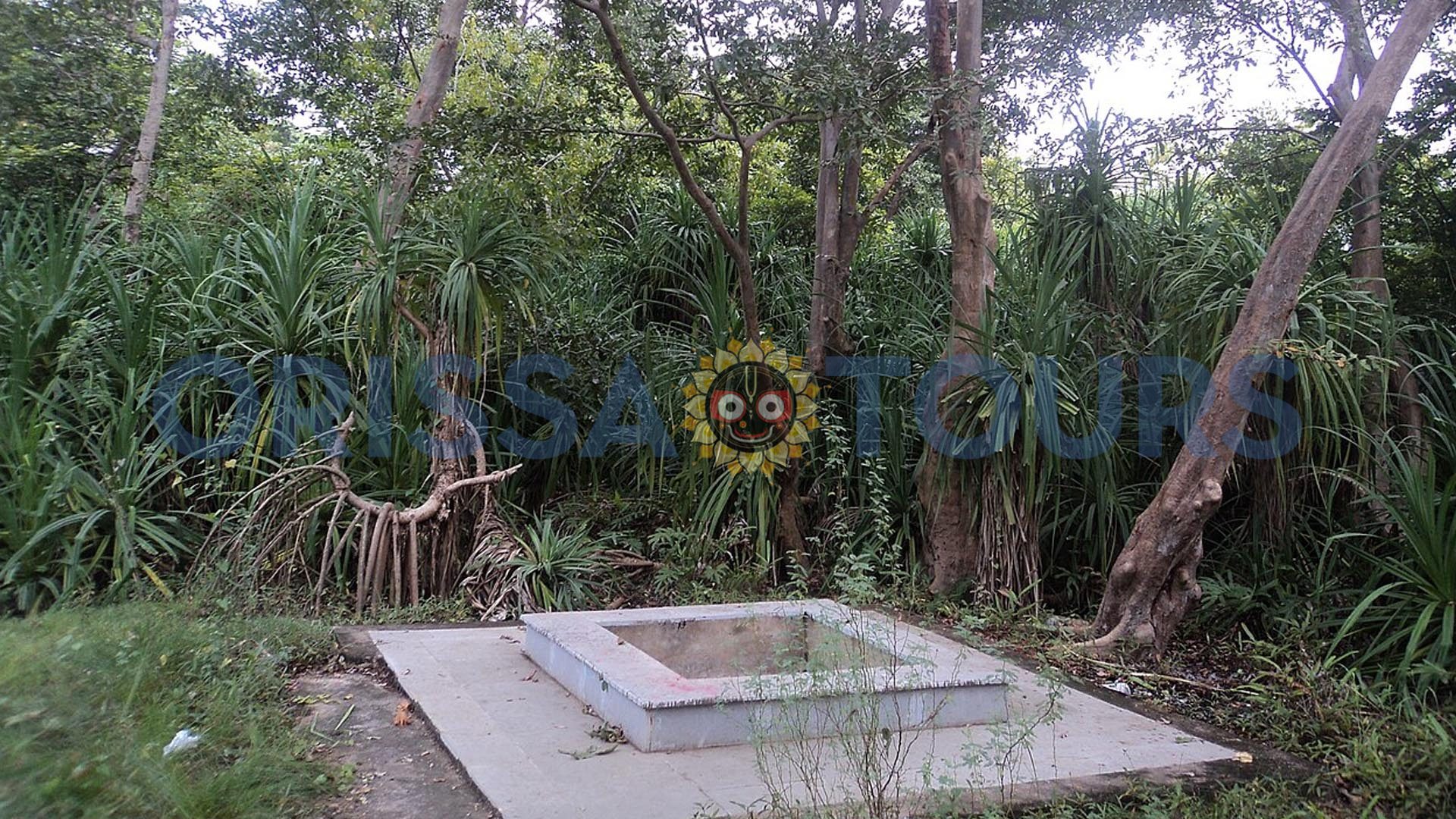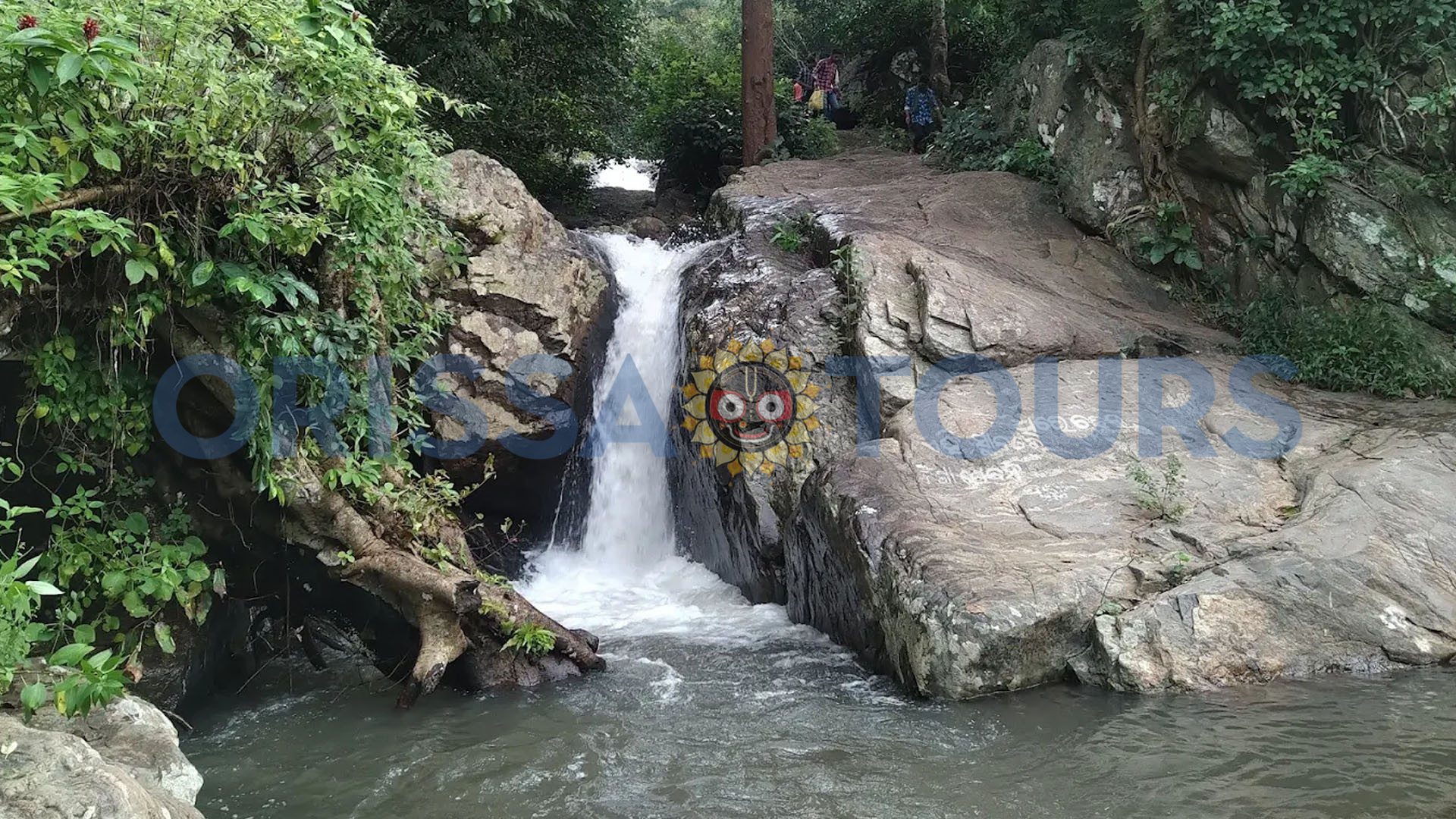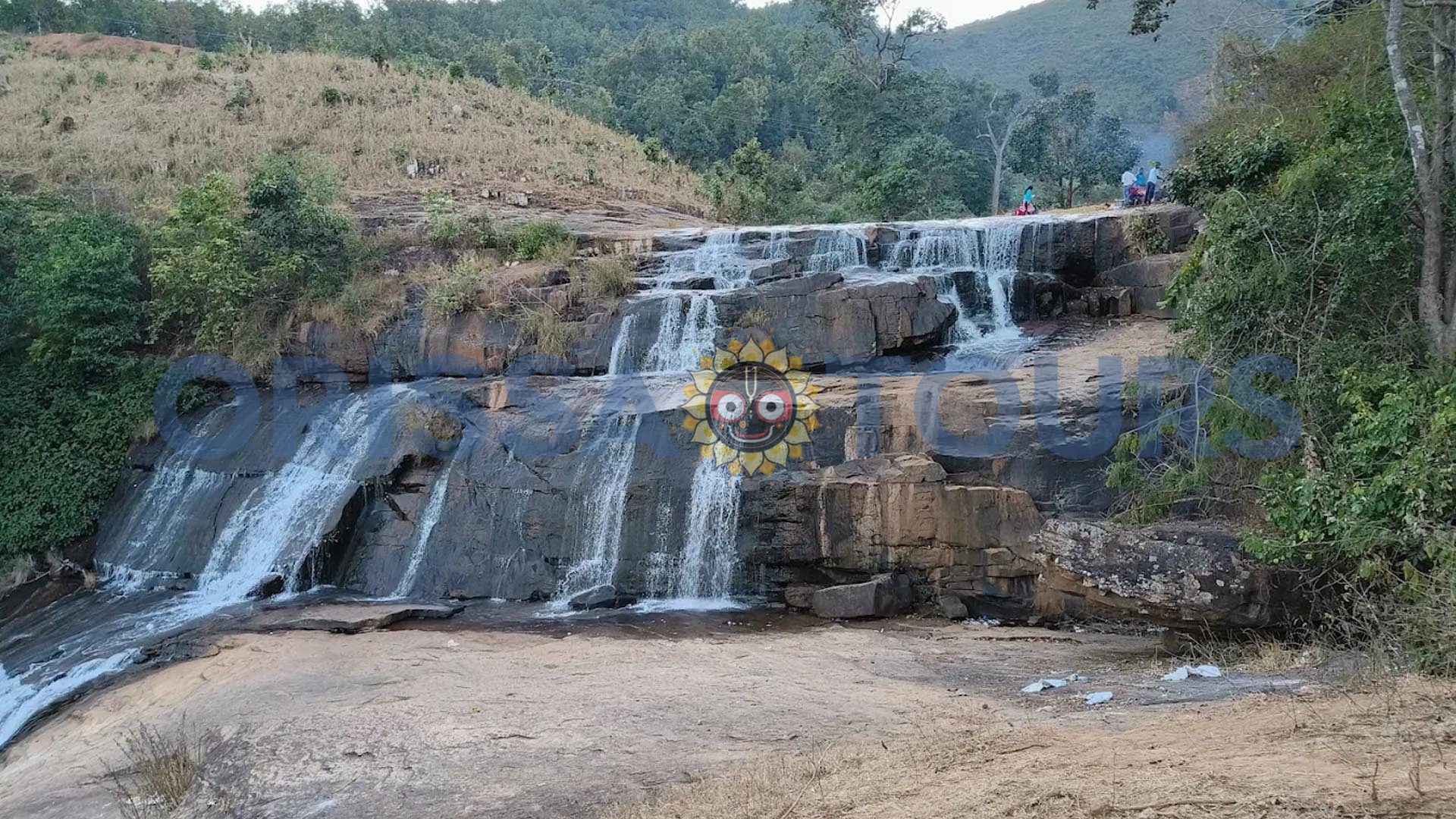Deulajhari Celestial Hot Spring sits in the heart of Odisha’s Angul district as India’s most mystique region, where spirituality meets healing. The site uniquely links ancient Shaivism with a fascinating geological occurrence of naturally heated mineral-rich waters. Deulajhari is located approximately 90 kilometers from Angul city, and a mere 6 kilometers from Athamallik.
The DSHS has been available for many centuries to devotees, wellness seekers, and ecotourists. This celestial spring is situated in an indigenous jasmine forest (Kaibana) that lends an otherworldly element to the site, plus awareness and a nature reserve to the area. The DSHS’s reputation is derived from rare, naturally occurring hot and cold springs existing side-by-side.
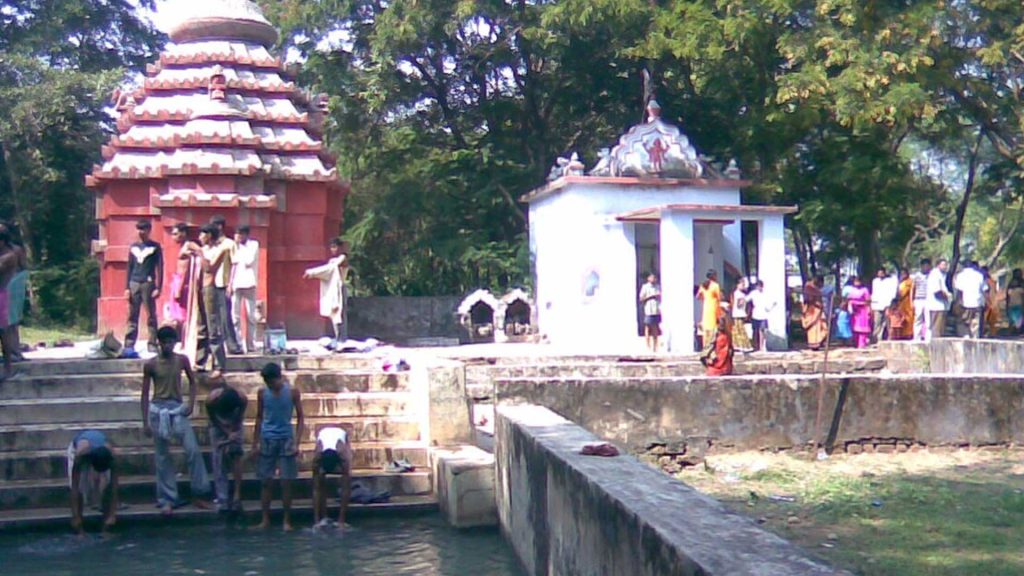
Because of this rare combination of environments, scientists and spiritual beings seek a visit. The thermal water has high concentrations of sulfur plus organic minerals like iron, aluminum, magnesium, and sodium, and remains consistent in temperature all year. Thus, this is a regional destination attracting people searching in process for natural and spiritual healing.
Historical and Religious Significance
The history of the Deulajhari Celestial Hot Spring extends far into ancient Indian spiritual traditions and has had for over a thousand years been a recognized stronghold of Shaivism. The archaeological evidence and local accounts indicate that the hot spring has experienced rituals and pilgrimages since the medieval period; the Sanskrit texts consistently refer to pilgrimages to a sacred site, and the books of local folklore mention the shrine as having been established in ancient times.
The importance of the shrine for spirituality is linked to Lord Shiva, as the Siddheswar Baba temple, situated in the sacred complex, is the spiritual nucleus of the site. Ancient texts referring to the holy bath mention the hot spring as a sacred place where celestial beings descended from the heavens to immerse themselves in pools of divine waters, hence its name “celestial hot spring.”
It is said that the thermal springs came forth from the earth as a deep blessing from Lord Shiva; therefore, the waters and bath pool manifest sacredness and divine therapeutic properties, as likely indicated in ritual practices. With time, saints, sages, and devotees have come to the site, leaving a legacy of devotion rituals and spiritual beliefs and practices carried out through prayer and rituals, and still conducted today.
The Natural Wonder: Hot Spring Features
The story of the Deulajhari Celestial Hot Spring has roots deeply embedded in the spiritual traditions of ancient India, and for more than a millennium, it has been a well-documented stronghold of Shaivism. The archaeological material and information from local sources suggest that the hot spring and ritualistic activity have been occurring since the medieval period.
Local folklore continually mentions the shrine as an ancient ritual site, and the Sanskrit texts reference pilgrimages to a sacred place. The complex of the shrine and bath is of spiritual significance to Lord Shiva, as the Siddheswar Baba t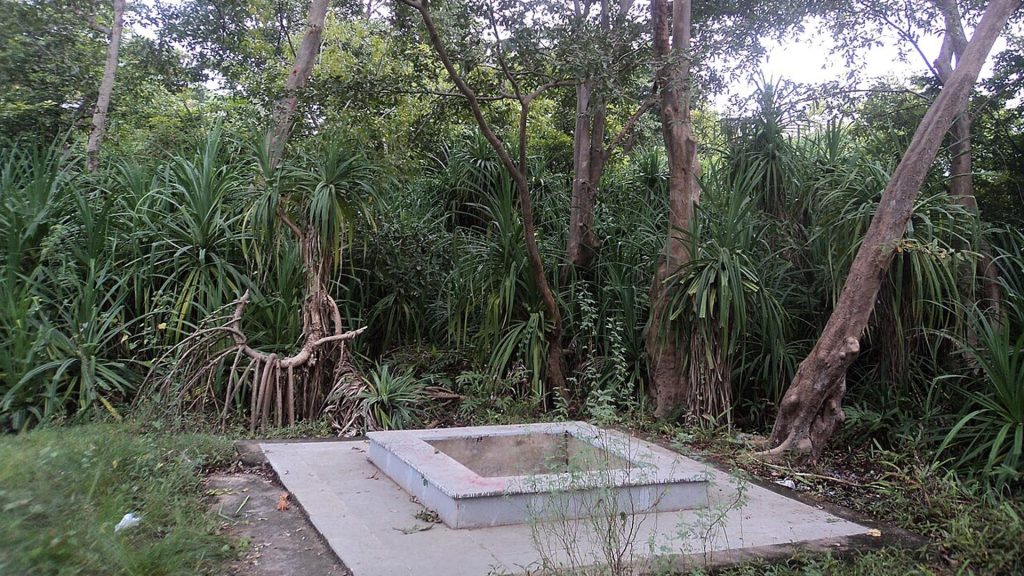 emple in the sacred complex is the spiritual heart of the site. The ancient holy bath texts of pilgrimage invariably refer to the hot springs as a holy site of celestial beings descending from the heavens to bathe in divine pools of water; hence its nomenclature “celestial hot spring”.
emple in the sacred complex is the spiritual heart of the site. The ancient holy bath texts of pilgrimage invariably refer to the hot springs as a holy site of celestial beings descending from the heavens to bathe in divine pools of water; hence its nomenclature “celestial hot spring”.
There are stories in the local language indicating that the thermal springs bubbled up from the earth as a blessing from Lord Shiva; therefore, the hot spring waters and the bath pool are symbolically and materially sacred and divine therapeutics, likely expressed in the ritual practices.
Therapeutic Benefits and Healing Properties
The Deulajhari Celestial Hot Spring story is firmly nestled in the spirituality of ancient India, and for more than a millennium has been documented as a bastion of Shaivism. The archaeological material and oral history by local sources suggest that hot springs and ritual practice have existed since the medieval period, and the narrative is continually recounted in local legend by a shrine with an ancient ritual history, with pilgrimage in Sanskrit texts referencing a sacred spot.
The shrine and bath complex is crucially significant to Lord Shiva, as the temple Siddheswar Baba in the shrine complex is the spiritual core of the shrine. The ancient holy bath texts of pilgrimage always refer to the hot springs as a holy site of celestial beings descending from the heavens to bathe in divine pools of water, hence its name, Celestial Hot Springs.
The local language has stories that indicate the thermal waters sprang from the earth as a blessing from Lord Shiva; so the waters of the hot spring and the bath pool are both symbolically and materially sacred and divine therapeutics expressed in the ritual practices. Ayurvedic practitioners have long been aware of the springs’ power to balance doshas and maintain health.
Siddheswar Baba Temple: The Sacred Connection
The Deulajhari Celestial Hot Spring complex is dominated by the Siddheswar Baba Temple, sacred to Lord Shiva, which is the spiritual anchor for pilgrims and visitors to this site. It is built in traditional Odishan style and has been a place of worship for centuries. Within this temple is a Shiva lingam (an emblem that represents Shiva), which is said to be naturally occurring, and it is a site of devotion for many.
The site of the temple, located beside the hot spring, creates a unique spiritual environment in which devotees can pray, and then follow this with the act of bathing for therapeutic purposes. The temple has daily prayers and worship that contribute to the sacredness of the space where meditative sounds are created through the chanting of mantras and the ringing of bells, which transform the healing experience.
As priests who have followed traditional rituals for generations, they guide the visitor in proper rituals and explain one of the spiritual meanings of bathing in the sacred waters. The site is home to many active rituals and ceremonial occasions throughout the year that draw thousands of devotees to the temple, and is surrounded by attempts at vibrant celebrations in which Odisha’s culture finds expression.
Natural Environment and Surroundings
The Siddheswar Baba Temple, with the great presiding Lord Shiva, is the spiritual centre for pilgrims and visitors to the Deulajhari Celestial Hot Spring complex, which is the religious and ceremonial grounding point of the site. Built in the traditional Odishan style, it has served as a place of worship for centuries.
Deep within the temple is a Shiva lingam (an emblem representing Shiva) that is said to occur naturally, and for many worshipers it is a source of devotion. The temple sits in a unique spiritual environment where worshipers can pray at the same site as the hot springs, where they can later bathe for health and wellness.
The temple has a schedule of daily prayers and worship that maintains a sacred ambiance of chanting mantras, of ringing bells, and of meditative sounds, which enlivens and enhances their healing experiences. The priests have followed the same traditional rituals for generations and can guide the visitor in appropriate rituals while explaining one of the spiritual meanings of bathing in the sacred waters.
Visitor Experience and Facilities
The temple of Siddheswar Baba, with the great presiding Lord Shiva, is the spiritual center for pilgrims and visitors to align with the Deulajhari Celestial Hot Spring complex, the religious and ceremonial grounding point of the site. Built in the traditional Odishan style, the temple maintains its place of worship from antiquity.
Deep within the temple is a Shiva lingam (an emblem of Shiva) found naturally, and for many worshipers, it is a reason for devotion. The temple affords worshipers a unique spiritual atmosphere where they can pray at the same site as a hot spring, where they can later bathe for health and wellness.
The temple sustains a daily schedule of prayers and also worship that maintains a sacred atmosphere of the sounds of chanting of mantras, ringing of bells, and meditative sounds that will enliven and enhance their healing experiences. The priests have maintained the same traditional rituals for ages and can guide the visitor in an appropriate ritual of bathing in the sacred waters while explaining some of the spiritual meaning behind the ritual of bathing.
Best Time to Visit and Travel Tips
The Deulajhari Celestial Hot Spring is open to visitors year-round. Each season has its advantages for visitors, which vary by individual. The best time to visit is in the post-monsoon period from the months of October to March. At this time, the air is comfortable, and the local jasmine forest will be the most attractive in terms of fragrance and sight. In this post-monsoon time frame, the contrasting chilly air with the warm spring will provide an invigorating bathing experience.
From April to June, during the summer, is the best time for the therapeutic benefits of hot springs, as the heat of the hot springs will provide a respite from the hot summer temperature and allow for the maximum immersion in minerals from hot spring bathing. During the monsoons, you can experience the full beauty of the forest ecosystem at its height; however, it could be rainy, with slippery and muddy trails.
If you want the authentic spiritual experience, visit when it’s around the significant Hindu holidays, such as Shivaratri, or the local festivals with significant cultural performances or demonstrations. Early morning would be the best time if you want a peaceful experience and enjoy the aesthetics of the mist from the hot springs mixing with the cool morning air. Lastly, for a practical tip, bring a bathing suit, towels for bathing and personal care, etc.
Location and Accessibility
The Deulajhari Celestial Hot Spring is accessible to the public all year round. Each season has its advantages for visitors, such as visiting post-monsoon from October to March is the best time to come. During this time, the air is tugging on the comfortable side, and the local jasmine forest will be at its most fragrant and visually appealing.
The post-monsoon time frame gives the viewer a certain juxtaposition of the chilly air quality with the warm spring, making for a refreshing bathing experience. April to June, aka summer time, is also the best time to participate in the therapeutic benefits of hot springs, as the hot spring will offer relief or avoidance of the problems of the hot summer conditions, while allowing the greatest possible immersion in the mineral healing effects of the hot spring bathing.
During the monsoons, one can appreciate all the splendour of the forest ecosystem, which will be at its height for beauty, but there may be wet, slippery, and muddy trails too. If you are looking to have an authentic spiritual experience, visit around a significant Hindu holiday like Shivaratri or any local festivals with significant cultural performances or demonstrations.
A Divine Natural Retreat
The Deulajhari Celestial Hot Spring exemplifies nature’s exceptional capacity to deliver healing, spirituality, and wonderment all in one beautiful place. This extraordinary site uniquely combines ancient human traditional healing with the eternal quality of natural healing waters for a body and soul-nurturing experience.
Geological wonders, spiritual significance, and ecological beauty together form a unique treasure within the richness of Odisha’s natural and cultural sites. For modern travelers looking for authentic experiences of wellness, spirituality, and natural beauty, the hot spring provides a priceless opportunity to detach from modern-day stresses and remind their body what contact healing energies feel like.
Tourist Facilities, Transportation, Tourist Attractions, How to Reach, Accessibility
Opening Time
Deulajhari hot spring open timings are Monday to Sunday morning, 6:00 am to 7:00 pm evening
Best Time to Visit Deulajhari Celestial Hot Spring
The Best time to visit Deulajhari hot spring is at all times of the year
Closest Bus Stand
The Closest Bus stand is Athmallik, which is located around 4.5 Km distance from Deulajhari hot spring.
Closest Railway Station
The Closest Railway Station is Angul, which is located around 82 Km distance from Deulajhari hot spring.
Closest Airport
The Closest airport is Biju Patnaik International Airport, which is located around 221 Km distance from Deulajhari Shiva Temple.
